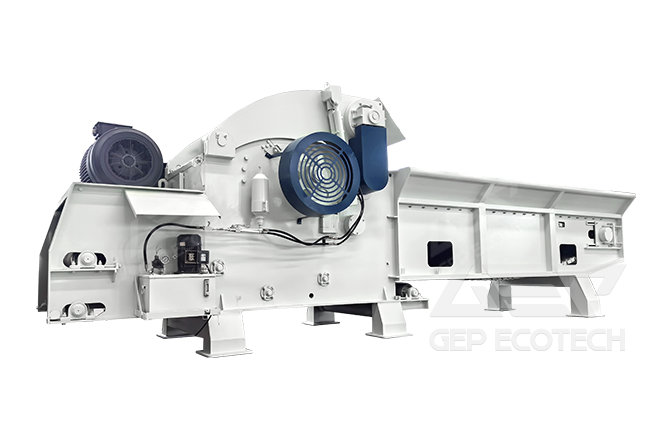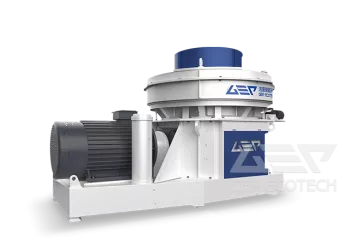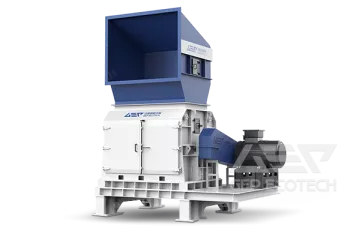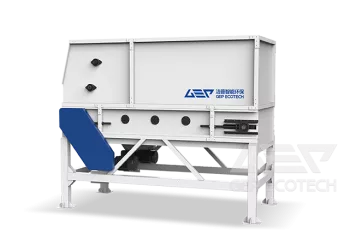The energy consumption of a biomass crusher depends on a number of factors, including the type of equipment, specifications, workloads, material types and treatment methods. In general, the energy consumption of biomass crusher varies due to several factors:
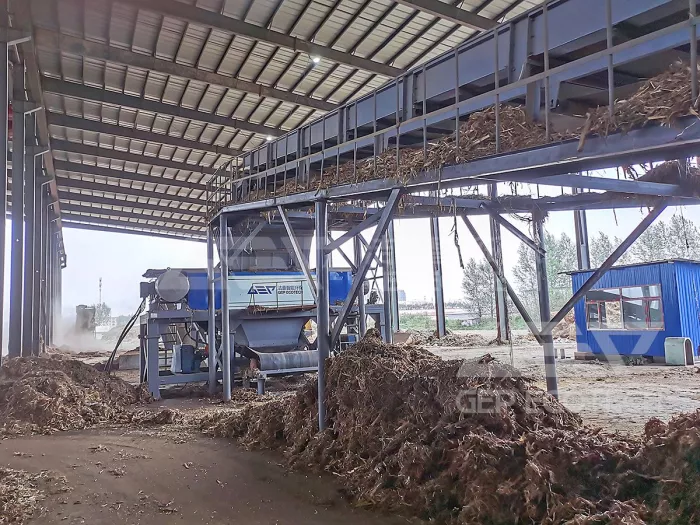
- Equipment type and specifications: The power consumption of different models and specifications of biomass crushers will vary. Taking GEP ECOTECH as an example, our biomass crusher has a single-axis crusher, two-axis shear crusher, four-axis shear crusher output ranges from 10 to 60 tons per hour, large industrial crushers may need more power to deal with larger capacity and higher density of biomass.
- Workload and processing capacity: The load and processing capacity of the operating crusher directly affect its energy consumption. Processing more or denser biomass may require more electricity.
- Material type and characteristics: Different types of biomass (such as wood, straw, bagasse, palm leaves, etc.) have different densities, humidity and hardness, which can affect the energy efficiency of the crusher.
- Processing methods and crushing requirements: Crushers may require different energy levels to meet different crushing requirements. Crushing or processing harder biomass may require more power.
Due to the complexity of these factors, it is difficult to accurately give the specific energy consumption of the biomass crusher. In general, you can refer to the rated power of the device and the energy consumption data provided by the manufacturer as a reference, but the specific energy consumption will vary according to the actual operating conditions.


